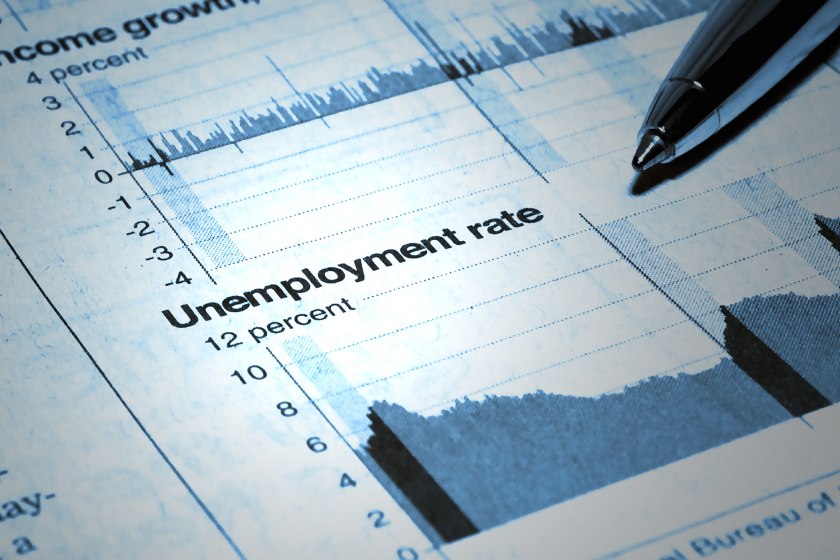Equipping professional accountants for sustainability
The International Federation of Accountants has developed a concise resource to guide accounting professionals and...
READ MORE
More people secured employment when delta restrictions lifted sending the unemployment figure to plunge to just 4.2 per cent – the lowest recorded unemployment for nearly 15 years.

Seasonally adjusted employment increased by 65,000 people (0.5 per cent) in December, according to figures released by the Australian Bureau of Statistics on Thursday (20 January).
Bjorn Jarvis, head of labour statistics at the ABS, said the latest data shows further recovery in employment following the large 366,000 increase in November.
“This provides an indication of the state of the labour market in the first two weeks of December, before the large increase in COVID cases later in the month,” Mr Jarvis said.
“Recovery in NSW and Victoria continued to have a large influence on the national figures, with employment in these two states increasing by 32,000 and 25,000 people between November and December. Their employment was around where it had been in May having fallen 250,000 and 145,000 during the lockdowns.”
More than two-thirds of the jobs went to men that coincided with a similarly sized fall in unemployment (62,000 people, a 9.8 per cent fall). As a result, the unemployment rate fell by 0.5 percentage points to 4.2 per cent.
“This is the lowest unemployment rate since August 2008, just before the start of the Global Financial Crisis and Lehman Brothers collapse, when it was 4.0 per cent,” Mr Jarvis said.
“This is also close to the lowest unemployment rate in the monthly series – February 2008 – and for a rate below 4.0 we need to look back to the 1970’s when the survey was quarterly.”
The fall in unemployment followed a similar decrease in November (69,000 people), and a 0.6 percentage point fall in the unemployment rate. This coincided with employers reporting increased difficulties in filling a historically high number of job vacancies.
“As a result of the similar sized changes in employment and unemployment, the participation rate remained steady in December, at 66.1 per cent,” he said.
“This was in contrast to what we saw in November, when a large number of people who were attached to a job re-entered the labour force, which drove the participation rate up by 1.4 percentage points.
“The participation rate in December continued to be relatively high. It was 0.2 percentage points higher than before the start of the pandemic and only 0.2 percentage points below the historical high in May and June 2021.”
The underemployment rate also dropped sharply, with only 6.6 per cent of employed workers saying they wanted more hours of work.
That led to a 1 per cent rise in the number of hours worked across the economy in December.
In further good economic news, the proportion of the population in work or looking for it remained close to record highs.
“The participation rate in December continued to be relatively high,” Mr Jarvis said.
“It was 0.2 percentage points higher than before the start of the pandemic and only 0.2 percentage points below the historical high in May and June 2021.”
However, the data was taken over the first couple of weeks in December and predates the peak of Australia’s omicron outbreak, which has caused significant business disruptions and a drop-off in consumer demand.
Despite this, many economists are now expecting unemployment to remain in the low-4 per cent range, or even fall under 3 per cent, as the omicron wave subsides.
The ABS data also showed that payroll jobs fell by 0.5 per cent in the fortnight to 18 December 2021, following a rise of 0.3 per cent in the previous fortnight.
Mr Jarvis said the first half of December is a seasonal peak for jobs each year, followed by a seasonal fall around the summer school holidays.
“In 2021, payroll jobs peaked in the week ending 4 December, which was around one week earlier than in 2020. The peak in 2021 was 2.9 per cent higher than in December 2020,” he said.
“The week-to-week changes in each of the last four weeks of data showed a relatively similar pattern to 2020, though they were smaller in 2021.”
All states recorded a fall in payroll jobs ranging from a 0.8 per cent fall in the Northern Territory to a 0.1 per cent fall in Victoria.
More jobs were lost in the education and training industry, which accounted for over a third of the total fall (38.2 per cent). The fortnightly fall in payroll jobs in that industry (2.8 per cent) was slightly less than the same period a year earlier (3.9 per cent).
Payroll jobs increased in only four of the 19 industries over the latest fortnight, with the largest rise in arts and recreation services (1.2 per cent), followed by retail trade (0.7 per cent), information media and telecommunications (0.2 per cent) and accommodation and food services (0.1 per cent).
December is a seasonal peak for payroll jobs worked by 15 to 19-year-olds, with six out of 10 (61.3 per cent) additional jobs worked by teenagers in the retail trade and accommodation and food services industries.